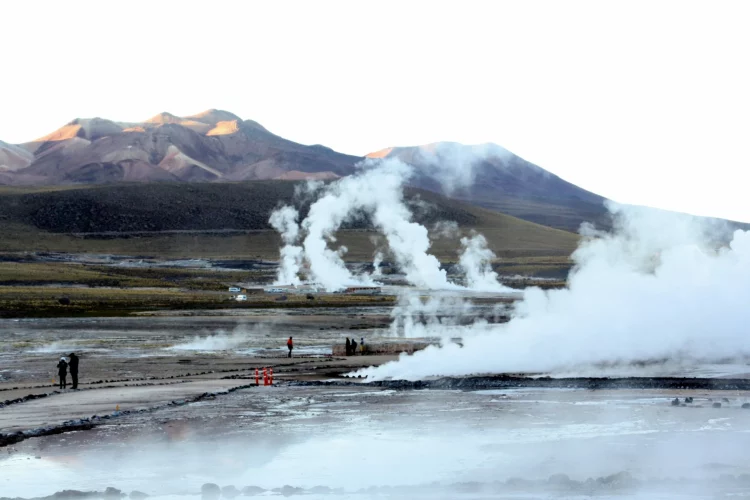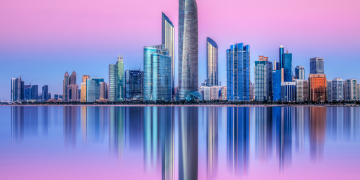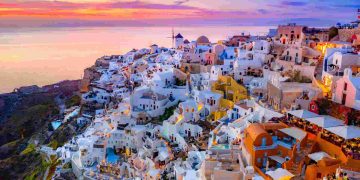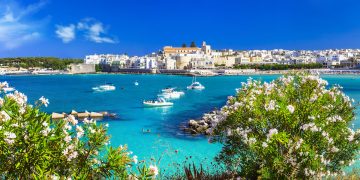When it comes to destinations for the ultimate adventure, two places stand out as the ultimate playgrounds for nature lovers, thrill-seekers, and outdoor enthusiasts: Iceland and New Zealand. Each of these remarkable countries is home to stunning natural landscapes that offer unique opportunities for exploration. From Iceland’s fiery volcanoes and geothermal wonders to New Zealand’s breathtaking mountains and pristine lakes, both countries boast a wealth of outdoor activities that cater to every type of adventurer. But what makes these two destinations so special, and how do they compare in terms of natural beauty and adventure experiences? Let’s dive into why Iceland and New Zealand might just be the ultimate adventure destinations you’ve been searching for.
Introduction: Comparing Iceland’s Volcanic Landscape with New Zealand’s Rugged Beauty
Iceland and New Zealand, though located on opposite sides of the world, share an undeniable connection through their rugged and awe-inspiring natural landscapes. Both countries are known for their geothermal activity, diverse ecosystems, and striking contrasts in terrain. However, their respective adventures also differ in many ways—each offering something unique to the traveler who craves the thrill of the great outdoors.
Iceland, often referred to as the “Land of Fire and Ice,” is a land of extremes. It is home to towering volcanoes, massive glaciers, geothermal hot springs, and otherworldly landscapes that seem straight out of a fantasy novel. The island’s combination of fire and ice is the product of intense geological activity, where active volcanoes sit next to massive ice sheets, creating a dynamic and ever-changing environment for exploration.
New Zealand, on the other hand, is known for its stunning variety of landscapes, ranging from snow-capped mountains to lush rainforests, clear blue lakes, and sprawling beaches. With its temperate climate and diverse ecosystems, New Zealand offers a mix of adventure activities that are accessible throughout the year. From world-class hiking trails to adrenaline-pumping sports like bungee jumping and skydiving, New Zealand is an adventurer’s paradise with endless opportunities to explore the great outdoors.
Whether you’re interested in hiking, wildlife spotting, extreme sports, or simply soaking in the beauty of nature, both Iceland and New Zealand offer experiences that will leave you awestruck. Let’s break down the adventures you can expect to find in each of these captivating countries.
Iceland’s Natural Wonders: Geysers, Glaciers, and Volcanic Landscapes
Iceland’s geological wonders are among the most unique in the world, shaped by intense volcanic and tectonic activity. The country is located on the Mid-Atlantic Ridge, where the Eurasian and North American tectonic plates meet, which is why it has such dramatic landscapes and frequent volcanic eruptions. In addition to its volcanic activity, Iceland’s glaciers, waterfalls, and geothermal features make it a natural wonderland for adventurers.
Geysers and Hot Springs
Iceland’s Golden Circle, a popular tourist route, is home to some of the country’s most famous geothermal features. The Geysir Hot Springs Area, for example, is where you’ll find the active Strokkur geyser, which erupts every 5–10 minutes, shooting water up to 30 meters (98 feet) into the air. The geothermal activity here is not only a natural spectacle but also offers visitors the opportunity to relax in natural hot springs. The Blue Lagoon, one of Iceland’s most iconic attractions, is a luxurious spa set in a lava field, where visitors can soak in warm mineral-rich waters while surrounded by steam and volcanic landscapes.
Glaciers and Ice Caves
Iceland is home to some of Europe’s largest glaciers, and these frozen giants offer some of the most breathtaking natural beauty in the world. The Vatnajökull Glacier, located in the southeast of the country, is the largest glacier in Europe, covering over 8% of Iceland’s landmass. You can explore the glacier’s ice caves, hike on its surface, or take a snowmobile ride across the vast icy expanse. Another highlight is Jökulsárlón, a stunning glacial lagoon filled with floating icebergs, offering incredible opportunities for photography and boat tours.
The combination of ice and fire makes Iceland’s glaciers even more fascinating. Visitors can witness volcanoes that are hidden beneath glaciers, creating dramatic eruptions when the volcanic activity melts the ice. This interplay of fire and ice offers unique hiking and trekking opportunities, like the Laugavegur Trail, a popular multi-day trek through volcanic landscapes, glaciers, and hot springs.
Volcanoes and Lava Fields
Iceland’s volcanic landscapes are legendary. The Eyjafjallajökull volcano, which erupted in 2010 and disrupted air travel across Europe, is one of the most famous active volcanoes in Iceland. Visitors can hike to the top of volcanic craters, such as the Hekla volcano, or explore the lava fields created by past eruptions. For those seeking an even more unique adventure, a visit to the Thrihnukagigur Volcano offers the rare opportunity to descend into a dormant volcano. A guided tour takes you into the magma chamber, where you can witness the vast expanse of volcanic rock.
Iceland’s rugged terrain also offers opportunities for adventurous activities like glacier trekking, ice climbing, and volcanic caving. The country’s stunning, unspoiled landscapes are perfect for outdoor enthusiasts looking for both scenic beauty and thrilling experiences.
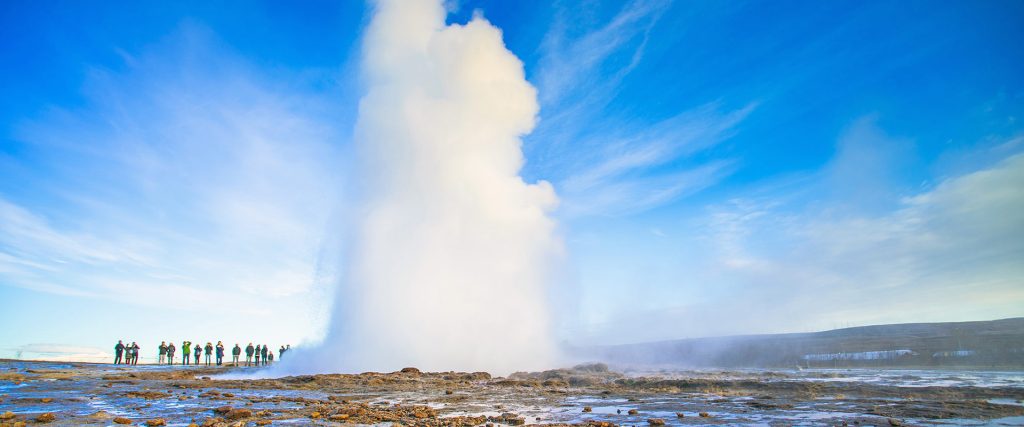
New Zealand’s Adventures: Exploring Mountains, Lakes, and Outdoor Activities
New Zealand, known for its dramatic landscapes and diverse natural beauty, is the ultimate destination for adventure travelers. The country’s small size belies its vast variety of terrains, from towering mountains and expansive lakes to dense forests and picturesque beaches. Whether you’re a hiker, a thrill-seeker, or someone looking to explore the wilderness, New Zealand has something for everyone.
Mountains and Hiking Trails
One of the most famous features of New Zealand is its Southern Alps, a mountain range that runs along the South Island. The Mount Cook National Park is home to New Zealand’s highest peak, Aoraki/Mount Cook, and offers numerous hiking and climbing opportunities. The Hooker Valley Track, a popular day hike, provides stunning views of the mountain, glaciers, and alpine lakes.
New Zealand is also home to some of the best multi-day hiking trails in the world, known as Great Walks. The Routeburn Track, the Tongariro Alpine Crossing, and the Milford Track are among the most renowned. These treks take you through lush rainforests, alpine meadows, and past shimmering lakes, offering some of the most scenic landscapes in the world.
Lakes and Outdoor Activities
New Zealand is dotted with crystal-clear lakes, many of which are set against stunning mountainous backdrops. Lake Wanaka, Lake Taupo, and Lake Rotorua are just a few examples of the country’s pristine lakes, which offer a wide range of activities, including kayaking, paddleboarding, and fishing. For thrill-seekers, Lake Wakatipu near Queenstown is a hotspot for jet boating and parasailing.
New Zealand is also famous for its adventurous activities, from bungee jumping in Queenstown, the birthplace of bungee jumping, to skydiving over stunning landscapes like the Southern Alps or Aoraki/Mount Cook. The country’s rugged coastlines offer opportunities for surfing, while its pristine wilderness provides the ideal setting for wildlife spotting, particularly in places like Kaikoura, where you can take boat tours to see whales, dolphins, and seals.
Beaches and Coastal Adventures
New Zealand’s coastline is just as diverse as its interior, with beautiful beaches offering opportunities for surfing, swimming, and hiking. Abel Tasman National Park is famous for its golden beaches, clear waters, and coastal hiking trails, perfect for kayaking and exploring hidden coves. The Coromandel Peninsula, with its striking Hot Water Beach, is another great spot for relaxing and exploring the coastline.
Travel Tips: How to Plan an Adventure Trip in These Stunning Natural Hotspots
Best Time to Visit
Both Iceland and New Zealand offer unique experiences year-round, but the best time to visit depends on your adventure interests.
- Iceland: The summer months (June to August) offer the best weather for outdoor activities, with longer daylight hours and mild temperatures. Winter (November to March) is perfect for experiencing the Northern Lights and enjoying winter sports, such as snowmobiling and ice caving.
- New Zealand: The summer months (December to February) are ideal for outdoor activities, with warm temperatures and long days. Winter (June to August) is the best time for skiing and snowboarding in the Southern Alps.
What to Pack
For both countries, packing the right gear is essential for enjoying outdoor activities. Make sure to pack sturdy hiking boots, weatherproof jackets, and layered clothing, as both Iceland and New Zealand can experience unpredictable weather. Don’t forget your camera to capture the stunning landscapes!
How to Get Around
- Iceland: Renting a car is the best way to explore Iceland at your own pace. The Ring Road offers a scenic drive that takes you around the island, passing many of the country’s most famous attractions.
- New Zealand: Renting a car or campervan is also the best way to explore New Zealand, giving you the flexibility to visit remote areas and enjoy the natural beauty at your own pace.
Conclusion
Both Iceland and New Zealand are ultimate adventure destinations, offering diverse landscapes and thrilling activities that cater to a wide range of adventurers. Whether you’re trekking on glaciers in Iceland or bungee jumping in New Zealand, these countries are sure to provide experiences that will leave you with unforgettable memories. The natural beauty, outdoor activities, and unique landscapes of both Iceland and
New Zealand make them two of the most exciting adventure destinations on the planet. No matter where your adventure takes you, these destinations promise an experience like no other.


